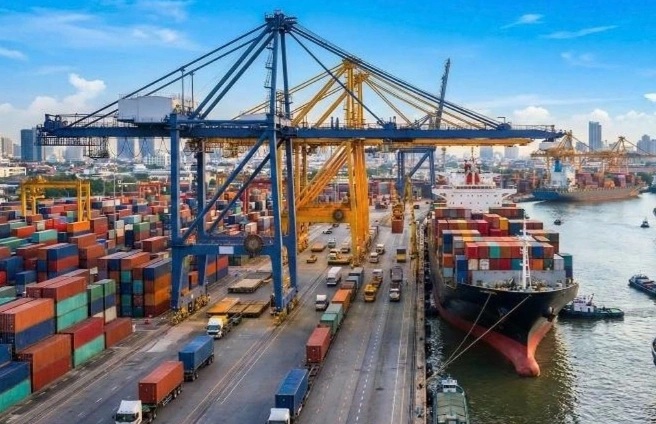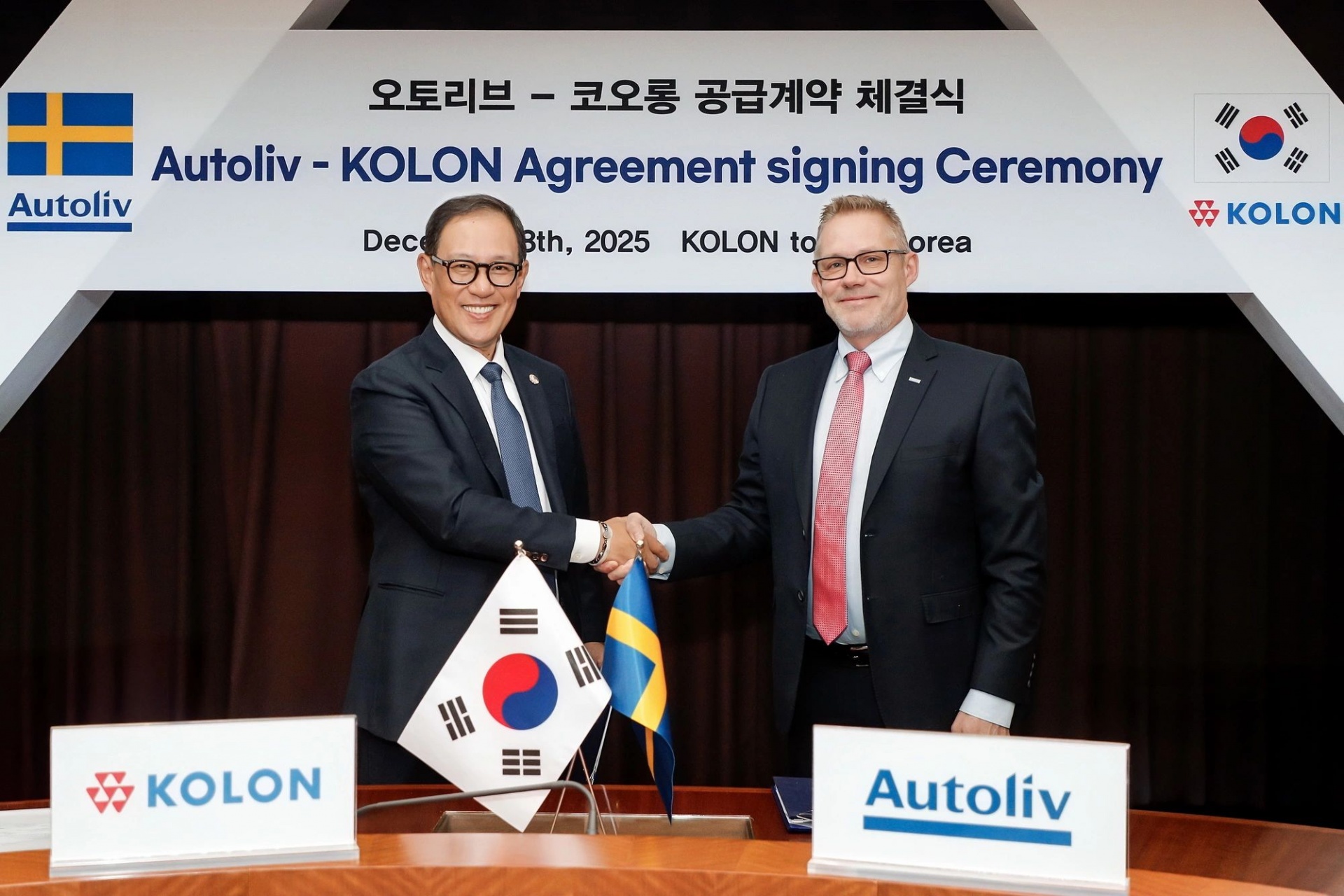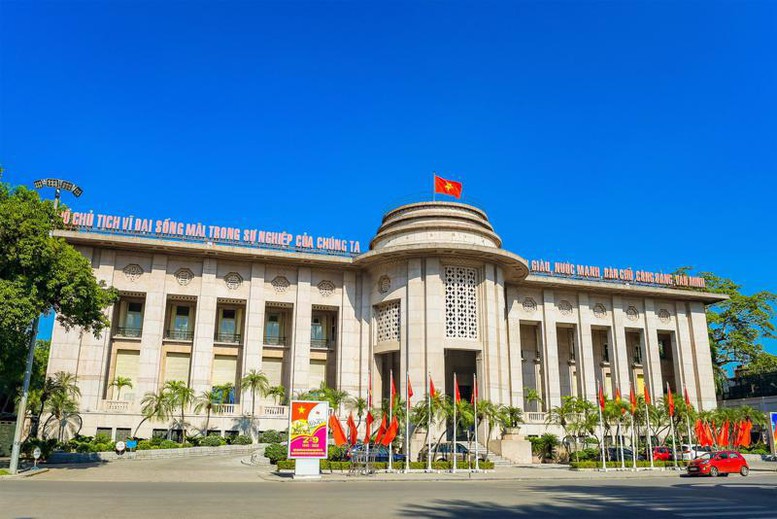FDI Firms Continue to Recover and Shift into High-tech Industries
According to the report on Provincial Competitiveness Index 2022 (PCI 2022) released by the Vietnam Chamber of Commerce and Industry (VCCI), the majority of foreign-invested enterprises (FIEs) in Vietnam can be classified as small- and medium-sized enterprises in terms of capital, employment, and revenue. Nearly 83% of firms have VND100 billion or less in capital. One quarter of PCI-FDI respondents employ under 10 people, and 57.4% have fewer than 50 workers. In terms of revenue, almost one fourth earned less than VND3 billion in 2022. The share of FIEs with revenue below VND100 billion is 77.8%.

Shifting away from the apparel industry
The PCI 2022 report showed a remarkable finding: FDI firms are shifting to high-tech industries. Almost half the PCI-FDI respondents are manufacturers (49.5%), followed by businesses in the service/commerce sector (39%) and construction (7%). At the subsector level, the largest category of FIEs in Vietnam operate in wholesale/retail (12.6% of the PCI-FDI respondents). Other categories with large numbers of FIEs are manufacturers of fabricated metals, rubber/plastics, and computer/electronics.
There is an obvious trend that FDI companies are moving away from the apparel industry. Garments and textiles accounted for a large share of Vietnam’s manufacturing sector in 2010, but their role had been significantly reduced by 2022. In contrast, sub-sectors such as computers/electronics and information/communication have taken on a growing share of industrial production.
In another development, while the role of SOEs as suppliers seems somewhat diminished, the share of PCI-FDI respondents buying from Vietnamese household businesses increased from 9.9% in 2021 to 13.4% in 2022.
On the surface, these numbers could simply be seen as the result of economic recovery to pre-COVID-19 levels. However, the narrowing of the supplier role in the country of origin and in third countries observed over the years showed that domestic suppliers had really strengthened their position as intermediary suppliers of goods and services for FDI firms.
In 2022, only 30.5% of PCI-FDI respondents imported from home-country businesses, an unprecedentedly low level and a dramatic decline from a peak of 58.7% in 2016. South Korean, Chinese, and Japanese FIEs are particularly likely to import inputs from their home countries, at 42.4%, 38.3%, and 32.6%, respectively. Similarly, the share of FIEs that turn to third-party upstream suppliers declined from 22.6% in 2021 to 16% in 2022. The deepening role of domestic firms as suppliers, especially in the electronics and logistics sectors, could be attributed to two factors: the EU-Vietnam Free Trade Agreement (EVFTA) which went into effect in August 2020; and investors’ diversification away from China into neighboring countries.
The composition of FIEs’ country of origin was relatively stable in recent years. In 2022, South Korea continued to be the largest foreign investor in Vietnam by the number of enterprises (28.8% of PCI-FDI respondents). Next in line were Japanese investors who accounted for 23.2% of FIEs. The 2020 PCI report suggested that the share of Chinese-invested firms will continue to increase. In 2022, Chinese FIEs accounted for 12.7% of PCI-FDI respondents, up from 10.6% in 2021 and 6.9% in 2020. Among Chinese FIEs that export, 41.9% send their products to the United States.
FIEs continued their recovery from the ramifications of COVID-19. In contrast to the state of domestic firms, the share of firms reporting profits increased from 38.7% in 2021 to 42.8% in 2022. The share of firms reporting losses also dropped to 44.9% in 2022. 56% of FIEs added new employees compared to 50.6% in 2021.
Regulatory burden significantly reduced
Notably, FDI firms continued to speak highly of the quality of the business environment in Vietnam, with regulatory enforcement burdens eased significantly from previous years.
The share of firms spending upward of 5% on bureaucratic procedures rocketed from 32.9% in 2020 to an eye-watering 60.6%. This somewhat reverted in 2022 when the figure dropped back to 49.3%. The payment for unofficial charges continued to decline although this needed to be further improved. In 2022, only 17.4% of FDI firms had to pay informal fees for inspectors, dramatically down from 25.4% in 2021. A higher percentage of companies reportedly paid below 1% of revenue for unofficial charges. However, up to 38.5% and 19.2% of respondents said to pay unofficial charges for customs and land procedures, respectively.
Remarkably, FDI firms have found it hard to recruit and retain workers. While they still faced difficulty in recruiting local workers for management and supervisory positions as before, in 2022, the share of FIEs finding it “easy” or “very easy” to recruit such workers dropped precipitously to 49% last year from 62% in 2021.
FDI companies also faced obstacles in retaining trained workers. The proportion of trained workers who worked for one year or more decreased considerably in the past two years, from 66% in 2020 to 60% in 2021 and 55.9% in 2022. Employers of migrant workers from other provinces felt the strongest impact of the pandemic and its response policies. The difficulty in recruiting unskilled workers is strongly correlated with the dependence of a province or city on migrant workers. In general, localities with a large proportion of migrant workers such as Binh Duong and Ho Chi Minh City tend to be more affected by labor mobility than other localities.
| The PCI survey for foreign direct investment (FDI) enterprises in 2022 (PCI-FDI Survey) collected data from 51 provinces, with a focus on 19 provinces and cities with the highest concentration of foreign direct investment (FDI). These firms are also selected using stratified random sampling. The survey includes 1,282 FIEs from 42 different countries. |
In particular, according to the PCI 2022 Report, FDI enterprises tended to be cautious with investment expansions. Global economic instability has made FDI firms in Vietnam hesitant with investment expansions. Only 33% of respondents planned to scale up their operations next year, compared to 47.7% in 2021. 6.2% of FDI firms expanded their investment scale in 2022, compared to 8.4% and 7.8% in 2020 and 2021, respectively.
By Anh Mai
Source: Vietnam Business Forum
Original link







